Edited by Alice Pung, this anthology captures diverse Asian-Australian experiences, challenging stereotypes through personal stories, essays, and art, exploring cultural identity, family dynamics, and societal expectations․
The Concept and Purpose of the Anthology
The anthology Growing Up Asian in Australia is a thought-provoking collection of personal essays that explore the diverse experiences of Asian-Australians․ Edited by Alice Pung, the book aims to provide a platform for voices often overlooked in mainstream narratives․ Its purpose is to shed light on the complexities of cultural identity, belonging, and the immigrant experience․ By sharing deeply personal stories, the anthology seeks to challenge stereotypes and foster empathy․ It also highlights the resilience and adaptability of individuals navigating multiple cultural worlds․ Through these stories, the anthology bridges cultural divides and encourages readers to reflect on their own identities․ Ultimately, it serves as a powerful tool for dialogue, offering insights into the rich tapestry of Asian-Australian life and its contribution to the nation’s multicultural fabric․
Alice Pung as the Editor and Her Vision
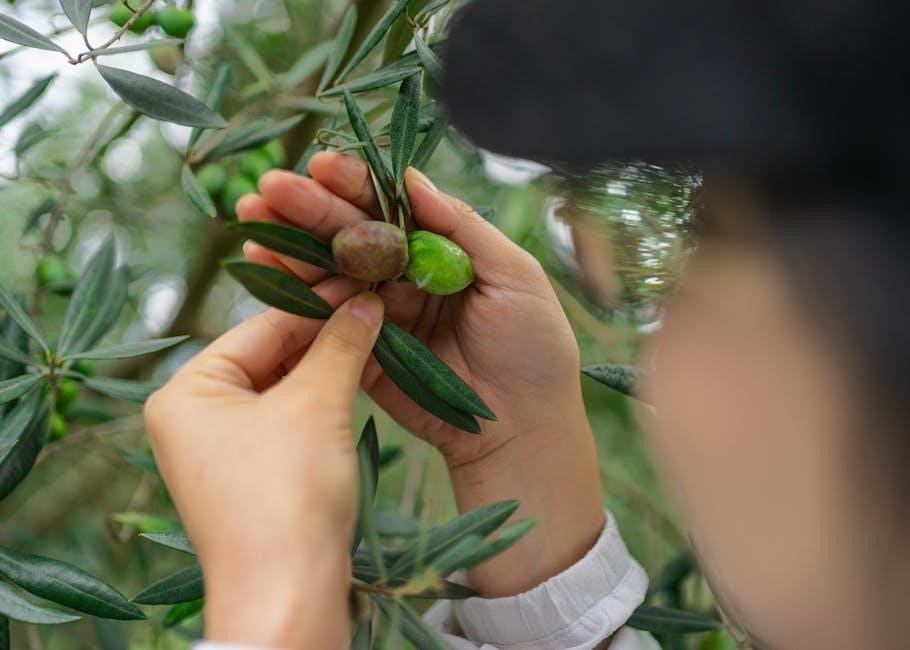
Alice Pung, a celebrated Australian writer and editor, brings a unique perspective to Growing Up Asian in Australia․ As the editor of the anthology, Pung sought to amplify the voices of Asian-Australians, offering a diverse and authentic representation of their experiences․ Her vision was to create a space where individuals could share their stories of cultural identity, family, and belonging․ Pung’s own experiences as a child of migrant parents deeply informed her approach, ensuring the anthology captures the nuances of growing up between cultures․ She carefully curated essays that reflect both the challenges and triumphs of Asian-Australians, aiming to foster understanding and connection․ Through her editorial lens, Pung highlights the richness of these narratives, ensuring they resonate with readers from all walks of life while preserving the distinct voices of the contributors․
The Significance of the Anthology in Australian Literature
Growing Up Asian in Australia holds profound significance in Australian literature as it brings to the forefront the diverse voices of Asian-Australians․ This anthology fills a crucial gap by offering authentic and nuanced portrayals of their experiences, challenging stereotypes and enriching the literary landscape․ By fostering empathy and understanding, it contributes to a more inclusive multicultural conversation․ Additionally, it serves as an invaluable educational resource, promoting cross-cultural understanding and inspiring future writers from diverse backgrounds to share their stories․

Historical Context of Asian Migration to Australia
Asian migration to Australia began with the Gold Rush, escalated post-WWII, and continues today, shaping the nation’s multicultural identity and societal fabric over generations․
Early Asian Settlement and the Gold Rush Era
The history of Asian migration to Australia traces back to the 19th century, particularly during the Gold Rush era․ Thousands of Asian immigrants, predominantly from China, arrived in search of prosperity․ This period marked the beginning of significant Asian settlement in Australia, with many settling in regions like Victoria and New South Wales․ However, their presence was met with racism and discrimination, leading to restrictive policies such as the White Australia Policy․ Despite these challenges, Asian immigrants played a crucial role in shaping Australia’s economic and cultural landscape, laying the foundation for future generations․ Their stories of resilience and contribution are central to understanding the complexities of growing up Asian in Australia․
Post-WWII Migration and Its Impact on Australian Society
Following World War II, Australia experienced a significant wave of Asian migration, driven by the need for labor and the country’s shifting immigration policies․ The Colombo Plan, introduced in the 1950s, brought students and skilled workers from Asian nations, marking a turning point in Australia’s demographic transformation․ This period also saw the gradual dismantling of the White Australia Policy, paving the way for more diverse migration․ Asian migrants contributed significantly to Australia’s economic growth, particularly in industries like manufacturing and agriculture․ Their presence also enriched cultural diversity, challenging the nation’s previous monocultural identity․ Despite facing discrimination and adaptation challenges, these migrants laid the foundation for the multicultural Australia of today, influencing the experiences of future generations of Asian-Australians․
Modern-Day Asian Migration Trends
In recent decades, Asian migration to Australia has evolved, driven by skilled migration programs, international student enrollments, and family reunification․ Skilled migrants, particularly from countries like India, China, and the Philippines, are drawn to Australia’s robust economy and professional opportunities․ International students, many from Asia, contribute significantly to Australia’s education sector and often transition to permanent residency․ Urban areas like Sydney and Melbourne have become hubs for Asian-Australians, fostering vibrant cultural communities․ These modern migrants bring diverse skills, traditions, and perspectives, enriching Australia’s multicultural fabric․ However, they also face challenges, such as integration into Australian society and occasional discrimination․ Despite these obstacles, modern Asian migration continues to shape Australia’s demographic and cultural landscape, ensuring the nation remains a dynamic and inclusive society․

Cultural Identity and Belonging
Exploring the intricate dance between heritage and modernity, Asian-Australians navigate a unique blend of cultural traditions and contemporary life, seeking belonging while embracing their dual identities․
Navigating Dual Cultural Identities
Asian-Australians often grapple with balancing their heritage and the dominant Australian culture, leading to a complex journey of self-discovery․ Many experience internal conflicts between preserving traditional values and adapting to modern societal norms․ This duality is evident in language, food, and family expectations, where individuals constantly switch between cultural paradigms․ The anthology highlights how this navigation shapes identity, fostering a sense of hybridity․ While it can lead to feelings of dislocation, it also cultivates resilience and adaptability․ Through personal stories, contributors reveal how they reconcile these dualities, creating a unique sense of belonging that honors both their roots and their Australian upbringing․ This process reflects the broader multicultural experience, where identity becomes a dynamic interplay of past and present․
The Search for Belonging in a Multicultural Society
Growing up Asian in Australia often involves a quest to find one’s place within a multicultural framework․ Many individuals face challenges in bridging cultural gaps, navigating societal expectations, and seeking acceptance․ The anthology explores how Asian-Australians strive to belong, often feeling caught between their heritage and the dominant culture․ This journey involves overcoming feelings of exclusion, whether through subtle social cues or overt racism․ Despite these obstacles, the stories reveal resilience and creativity in forging connections․ Community ties, shared experiences, and the celebration of cultural differences play a vital role in fostering belonging․ The anthology underscores how multiculturalism, while complex, enriches Australian society by encouraging diversity and promoting inclusivity․ Through these narratives, the search for belonging emerges as a universal yet deeply personal endeavor․
The Emotional Labor of Code-Switching
Code-switching, a common experience for Asian-Australians, involves shifting between cultural behaviors, languages, or accents to navigate different social environments․ This practice, while often necessary, can be emotionally draining, as individuals constantly adjust to fit societal expectations․ The anthology highlights how code-switching becomes a survival mechanism, enabling Asian-Australians to move seamlessly between their heritage and the dominant culture․ However, this process can lead to feelings of disconnection from one’s true identity․ Many contributors share stories of suppressing accents, hiding cultural practices, or altering mannerisms to avoid judgment․ The emotional labor of code-switching reflects broader societal pressures to conform, underscoring the tension between preserving cultural authenticity and seeking acceptance․ These narratives reveal the complexities of navigating identity in a multicultural context, where belonging often requires balancing multiple selves․
The Impact of Cultural Identity on Mental Health
The anthology sheds light on how navigating cultural identity can profoundly affect mental health for Asian-Australians․ Many contributors describe feelings of displacement, internalized racism, and the pressure to conform to societal expectations․ This duality often leads to anxiety, depression, and identity crises, as individuals struggle to reconcile their heritage with their Australian upbringing․ The pressure to meet familial and cultural obligations, while also fitting into a predominantly Western society, creates emotional strain․ Additionally, experiences of marginalization and stereotypes exacerbate feelings of alienation, further impacting mental well-being․ However, the anthology also highlights resilience and the importance of embracing cultural identity as a source of strength; By sharing these stories, the collection aims to foster understanding and reduce the stigma surrounding mental health challenges within Asian-Australian communities․
Family Dynamics and Generational Divides
Family dynamics often involve clashes between traditional parental expectations and modern aspirations, reflecting cultural values versus individual desires, leading to tension yet rooted in love and resilience․
Traditional Parental Expectations vs․ Modern Aspirations
The anthology highlights the tension between traditional parental expectations and modern aspirations, common among Asian-Australian youth․ Many parents, shaped by their cultural heritage, emphasize academic excellence, stability, and respect for authority, often encouraging careers in medicine, law, or engineering․ In contrast, younger generations, influenced by Western ideals of individuality and self-expression, may pursue creative fields or prioritize personal fulfillment․ This generational divide often leads to misunderstandings and conflict, as parents struggle to reconcile their sacrifices and values with their children’s desire for autonomy․ The anthology explores how these dynamics reflect broader cultural shifts and the challenges of navigating two worlds․ It also sheds light on the emotional labor involved in balancing filial duty with personal ambition, illustrating the complexities of intergenerational relationships in migrant families․
Generational Conflicts and Their Resolution
Generational conflicts arise from differing values and expectations between Asian-Australian youth and their parents․ These conflicts often stem from cultural differences, with parents prioritizing respect for authority, academic success, and traditional careers, while younger generations value autonomy, personal fulfillment, and individuality․ Open communication and empathy are crucial in resolving these tensions, allowing both sides to understand each other’s perspectives․ Finding common ground, such as shared values or goals, can help bridge the gap․ The anthology emphasizes that resolving these conflicts fosters mutual respect and strengthens family bonds, ultimately contributing to the preservation of cultural identity in a multicultural society․ By addressing these challenges, Asian-Australian families can navigate generational differences while maintaining harmony and cultural continuity․
The Role of Family in Preserving Cultural Heritage
Families play a vital role in preserving cultural heritage for Asian-Australians, serving as the primary bridge between generations and traditions․ Through shared stories, rituals, and practices, families transmit cultural values, languages, and histories, ensuring their continuation in a new cultural context․ Many contributors to the anthology highlight how their families upheld traditions, such as celebrating Lunar New Year, practicing religious ceremonies, or cooking ancestral dishes, which became symbols of identity and connection to their roots․ At the same time, families often navigate the tension between preserving heritage and adapting to Australian life․ This intergenerational exchange not only fosters a sense of belonging but also equips younger generations with the resilience to navigate cultural shifts while honoring their ancestry․
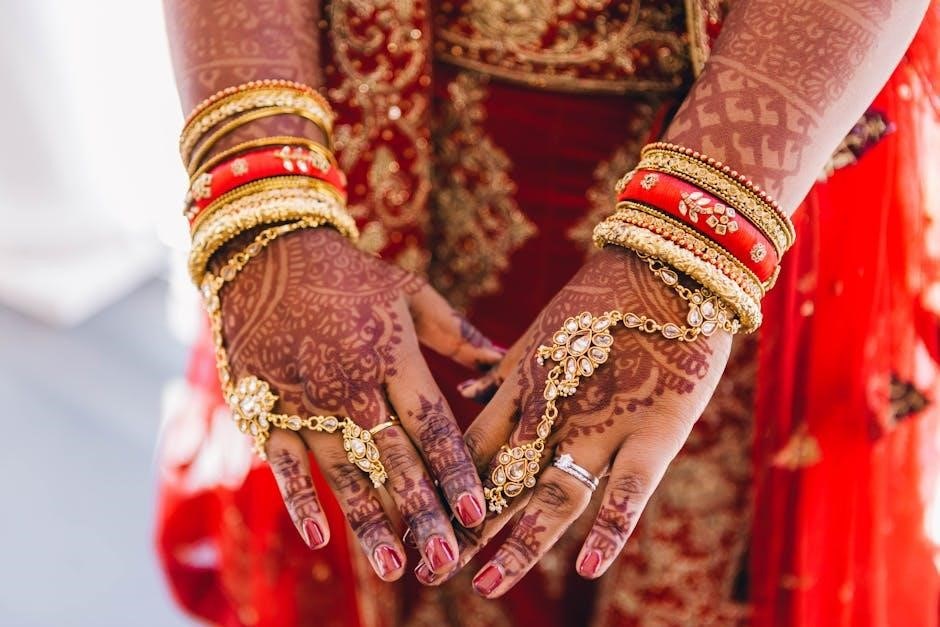
Stereotypes, Racism, and Marginalization
Asian-Australians often face subtle yet pervasive microaggressions, such as being labeled the “model minority” or asked, “Where are you really from?” These encounters reinforce feelings of alienation and self-doubt․
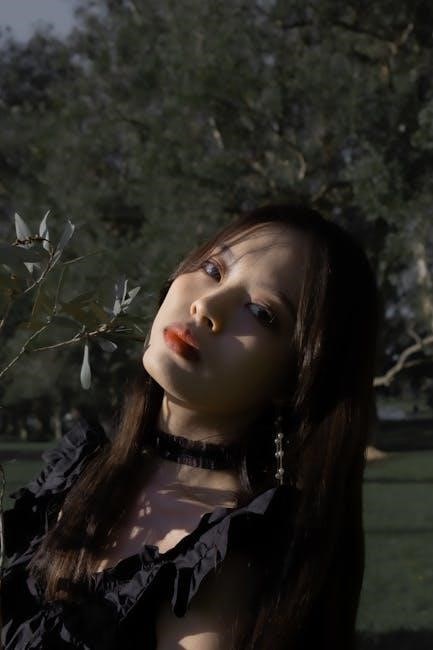
Encountering Stereotypes and Microaggressions
Growing up Asian in Australia often means navigating a landscape of subtle and overt stereotypes, as well as microaggressions․ These experiences can shape how individuals perceive themselves and their place in society․ Many Asian-Australians recall being subjected to assumptions about their intellect, dietary habits, or cultural practices, often framed as “harmless” jokes or casual remarks․ For instance, being asked, “Where are you really from?” or hearing comments like “You speak English so well,” can feel alienating and reinforce feelings of otherness․ These microaggressions, though sometimes unintentional, contribute to a sense of disconnection and self-doubt․ They highlight the tension between fitting into a dominant culture while preserving one’s identity․ Such encounters underscore the emotional labor required to navigate these complexities and the resilience needed to challenge these biases․
The Impact of Racism on Self-Esteem and Social Interactions
Growing up Asian in Australia often involves navigating a complex web of racial biases that deeply affect self-esteem and social interactions․ Many Asian-Australians recount experiences of casual racism, microaggressions, and overt discrimination, which can lead to feelings of alienation and self-doubt․ These encounters often manifest in subtle ways, such as being constantly asked, “Where are you really from?” or facing assumptions about intellectual abilities based on stereotypes․ Such experiences can erode confidence and create a sense of disconnection from both cultural heritage and the dominant culture․ Additionally, the pressure to conform to societal norms while balancing familial expectations can strain social relationships and exacerbate feelings of isolation․ The emotional toll of racism is profound, often affecting mental health and the ability to form authentic connections in a multicultural society․ Resilience and solidarity within communities play a crucial role in overcoming these challenges․
- Racism undermines self-esteem through constant marginalization․
- Social interactions become strained due to stereotypes and biases․
- Mental health is impacted by the cumulative effects of discrimination․
Overcoming Adversity and Celebrating Cultural Heritage
Growing up Asian in Australia often involves navigating a complex interplay of cultural pride and societal challenges․ Many individuals face adversity in the form of racial stereotypes, cultural exclusion, and identity conflicts․ However, these experiences also foster resilience and a deep appreciation for their heritage․ By embracing their cultural roots, Asian-Australians find strength in traditions, values, and community support․ This duality of struggle and celebration is a recurring theme in the anthology, highlighting how individuals transform adversity into opportunities for growth․ The stories shared in the book not only shed light on the challenges but also celebrate the vibrant contributions of Asian-Australians to the nation’s multicultural fabric․ Through this lens, the anthology inspires hope and empowerment, encouraging readers to embrace their identities and honor their cultural legacy․
Education and Career Pressures
High Academic Expectations and Their Challenges
Asian-Australians often face immense pressure to excel academically, driven by cultural values emphasizing education as a pathway to success and family honor․ This can lead to significant stress․
Asian-Australians often face immense academic pressure, rooted in cultural expectations and parental sacrifices․ Many parents, having immigrated to Australia for better opportunities, place high academic achievement as a pathway to success and overcoming discrimination․ This pressure can lead to significant stress and anxiety, as failure is often seen as a disappointment not just to oneself, but to the entire family․ The stereotype of Asians as “model minorities” further intensifies these expectations, creating a burden to excel academically without room for failure․ Balancing these expectations with personal aspirations can be challenging, as individuals navigate the demands of cultural identity and societal pressures․ This dynamic highlights the complex interplay between cultural heritage and personal ambition in shaping educational experiences․
Navigating Language Barriers and Societal Biases

Language barriers and societal biases have long been significant challenges for Asian-Australians, particularly in educational and professional settings․ Many individuals face the daunting task of mastering English while preserving their native languages, often leading to a complex balancing act between cultural identity and societal expectations․ These challenges are compounded by implicit biases, with some individuals being subjected to assumptions about their English proficiency based on their appearance or background․ Despite these obstacles, Asian-Australians have demonstrated remarkable resilience, leveraging their bilingual skills to bridge cultural gaps and thrive in diverse environments․ The anthology highlights how these experiences shape personal and professional journeys, emphasizing the importance of acknowledging and addressing these challenges to foster inclusivity and equality․
Asian-Australians’ Contributions to Various Professions
Asian-Australians have made significant contributions across various professions, enriching the nation’s workforce and cultural landscape․ In fields such as medicine, law, academia, and the arts, Asian-Australians have excelled, bringing diverse perspectives and expertise․ Many have risen to leadership roles, challenging stereotypes and paving the way for future generations․ For instance, in the medical field, Asian-Australian doctors have been instrumental in shaping healthcare policies and delivering quality patient care․ In education, they have contributed to research and innovation, fostering a culture of learning and inclusivity․ The arts have also benefited from their creativity, with writers, artists, and musicians gaining national and international recognition․ These contributions highlight the resilience and adaptability of Asian-Australians, who have successfully navigated cultural and professional barriers to achieve excellence․
By breaking down stereotypes and overcoming biases, Asian-Australians have proven their ability to thrive in diverse professional environments․ Their achievements not only reflect personal success but also strengthen Australia’s multicultural identity, demonstrating the value of diversity in the workplace․ Their stories, as shared in the anthology, inspire young Asian-Australians to pursue their ambitions, knowing that their heritage is a source of strength, not a limitation․ Through their contributions, Asian-Australians continue to shape a more inclusive and vibrant society․
The Power of Storytelling
Storytelling becomes a transformative tool for self-discovery, enabling Asian-Australians to reconcile dual identities and share experiences that resonate deeply within and beyond their communities․
Storytelling as a Tool for Self-Discovery
Storytelling emerges as a profound tool for self-discovery in the experiences of Asian-Australians․ By sharing personal narratives, individuals unpack their complexities, exploring cultural heritage, family dynamics, and societal expectations․ These stories often reveal the tension between tradition and modernity, offering a mirror to introspect and reconcile dual identities; Through storytelling, contributors in the anthology find agency, transforming their struggles into sources of strength and understanding․ This process not only fosters personal growth but also creates a collective archive of resilience, enabling others to resonate with shared experiences․ Ultimately, storytelling becomes a therapeutic and empowering medium, bridging the gap between individual journeys and the broader Asian-Australian community․
Challenging Stereotypes Through Personal Narratives
The anthology Growing Up Asian in Australia harnesses the power of personal narratives to challenge pervasive stereotypes and misconceptions about Asian-Australians․ By sharing intimate and diverse stories, contributors dismantle simplistic or reductionist portrayals, offering instead complex and multifaceted representations of their experiences․ These narratives highlight the richness of individual journeys, countering the homogenization often seen in media and public discourse․ Through vivid storytelling, the writers reveal the emotional, cultural, and social nuances of their lives, showcasing how stereotypes fail to capture the depth of their identities․ By amplifying these voices, the anthology fosters empathy and understanding, encouraging readers to question and rethink their assumptions about Asian-Australians․ Ultimately, these personal accounts serve as a powerful tool for reclaiming agency and challenging the dominant narratives that have long marginalized their communities․
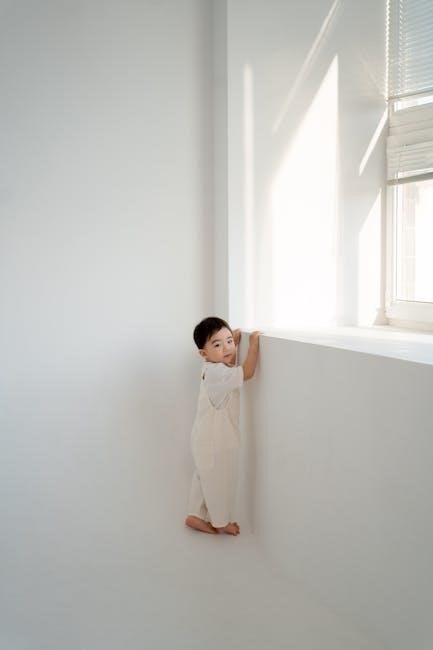
Bridging Cultural Divides Through Shared Stories
Shared stories play a pivotal role in bridging cultural divides, fostering understanding and empathy across diverse communities․ In Growing Up Asian in Australia, personal narratives serve as a bridge, connecting the experiences of Asian-Australians to the broader society․ By sharing stories of struggle, joy, and resilience, individuals humanize their journeys, breaking down stereotypes and fostering connection․ These stories create spaces for dialogue, encouraging readers to reflect on their own biases and assumptions․ The anthology highlights how storytelling can transcend cultural barriers, offering a platform for marginalized voices to be heard․ Through shared experiences, it promotes mutual understanding, celebrating the richness of diversity while addressing the complexities of belonging․ Ultimately, these narratives not only preserve cultural heritage but also challenge dominant narratives, paving the way for a more inclusive and empathetic society․

The Legacy of the Anthology
The anthology “Growing Up Asian in Australia” leaves a lasting cultural impact, preserving diverse narratives and fostering empathy․ It shapes Australia’s identity by amplifying underrepresented voices, ensuring future generations understand their heritage and contributions․
By sharing personal stories, the anthology bridges cultural divides, promoting inclusivity and challenging stereotypes․ Its legacy lies in its ability to inspire and unite, creating a shared understanding of the Asian-Australian experience․
As a literary milestone, it continues to empower individuals to embrace their identities while contributing to a richer, more inclusive Australian society․
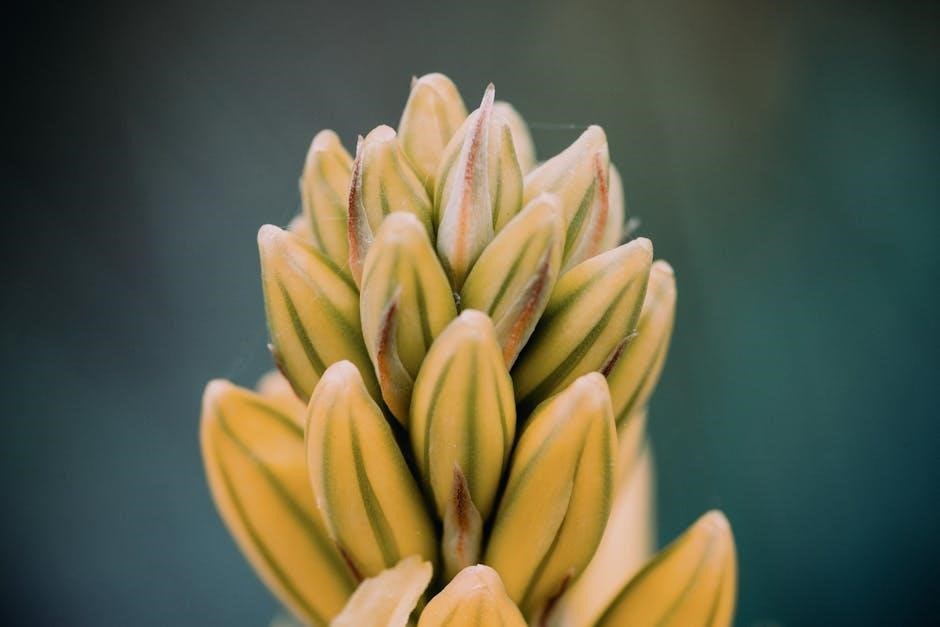
Preserving Cultural Narratives for Future Generations
The anthology Growing Up Asian in Australia plays a vital role in preserving cultural narratives for future generations by capturing the diverse experiences of Asian-Australians․ These stories serve as a historical record, offering insights into the challenges and triumphs of navigating dual identities․ By documenting these narratives, the anthology ensures that the voices and histories of Asian-Australians are not forgotten․ It provides a resource for younger generations to understand their heritage and connect with their roots․ The anthology also acts as a bridge between generations, allowing older stories to resonate with modern audiences․ This preservation fosters a sense of continuity and belonging, helping future generations navigate their own cultural identities with pride and resilience․ In doing so, it contributes to a richer, more inclusive understanding of Australian society and its multicultural fabric․
Fostering Empathy and Understanding
The anthology Growing Up Asian in Australia plays a pivotal role in fostering empathy and understanding by sharing deeply personal and relatable stories․ These narratives humanize the experiences of Asian-Australians, breaking down stereotypes and encouraging readers to engage with the complexities of cultural identity․ By amplifying diverse voices, the book creates a space for dialogue, helping both Asian-Australians and non-Asian Australians to connect on a deeper level․ This empathy is crucial in fostering a more inclusive society, where individuals can appreciate the richness of multiculturalism․ Through its stories, the anthology not only educates but also inspires readers to reflect on their own biases and prejudices, ultimately contributing to a more compassionate and harmonious community․
The Anthology’s Role in Shaping Australian Identity
The anthology Growing Up Asian in Australia plays a pivotal role in shaping Australian identity by amplifying diverse voices and challenging dominant narratives․ By sharing personal stories of resilience, identity, and belonging, it offers a nuanced portrayal of the Asian-Australian experience, enriching the nation’s cultural tapestry․ The collection fosters empathy and understanding, encouraging readers to reflect on their own identities and the broader Australian story․ It highlights the complexity of multiculturalism, celebrating the unique contributions of Asian-Australians while addressing the tensions that arise from cultural differences․ Through these narratives, the anthology not only preserves the histories of marginalized communities but also redefines what it means to be Australian․ Ultimately, it serves as a powerful tool for fostering inclusivity and shaping a more harmonious and diverse national identity․

